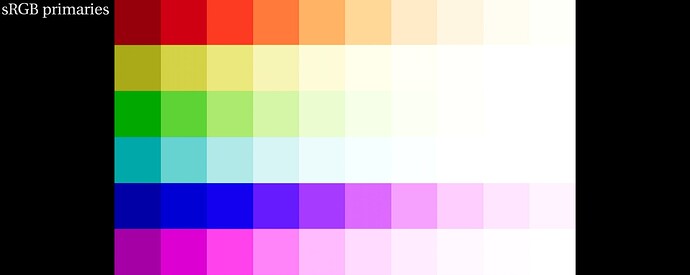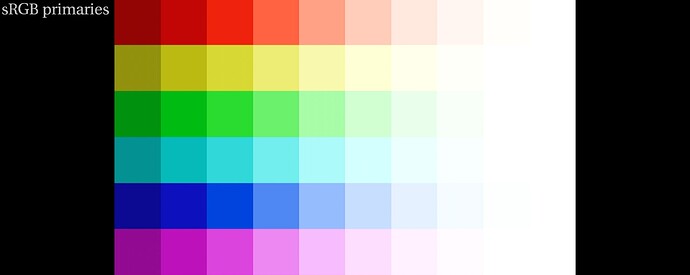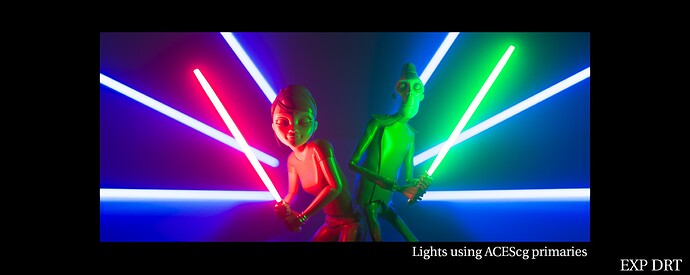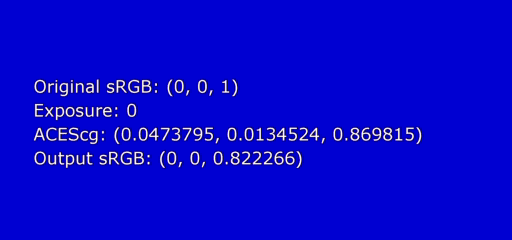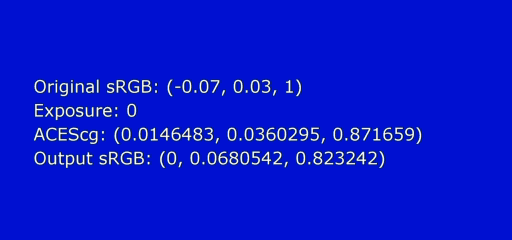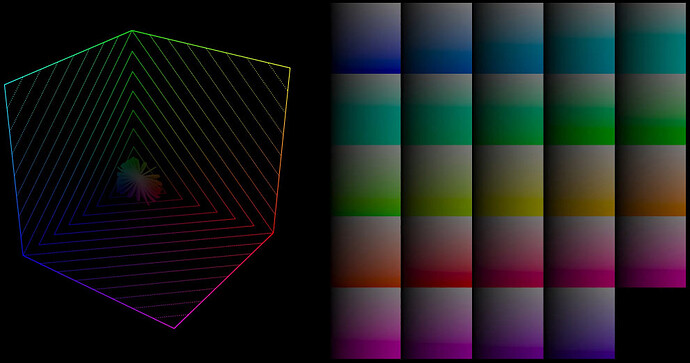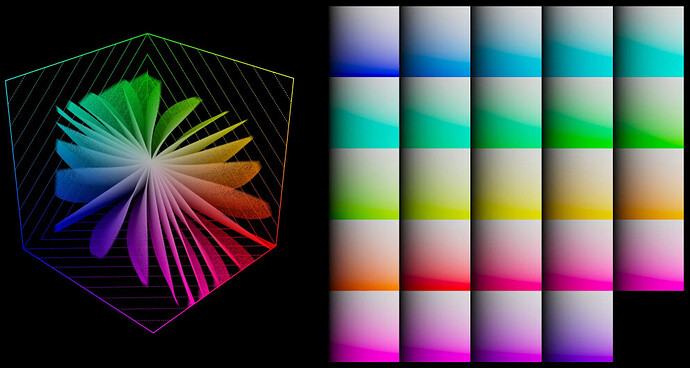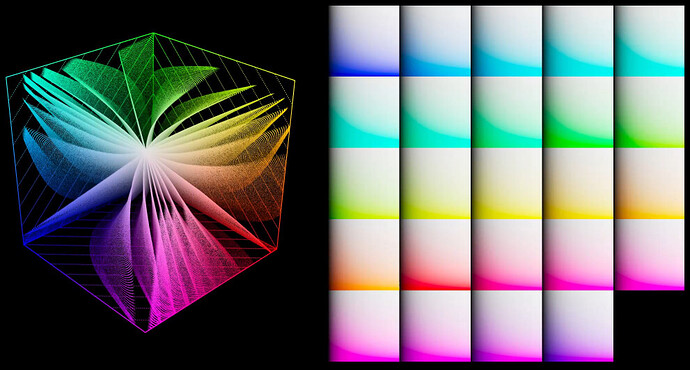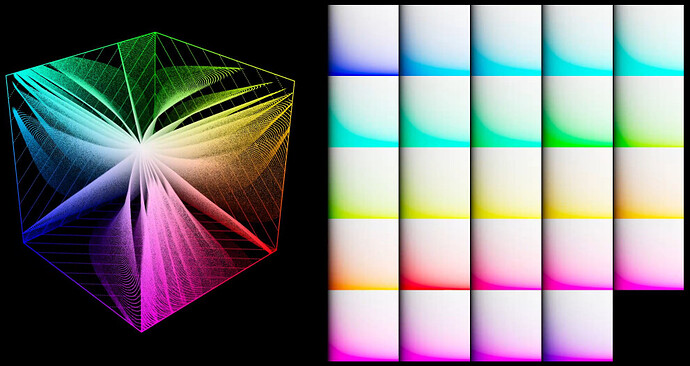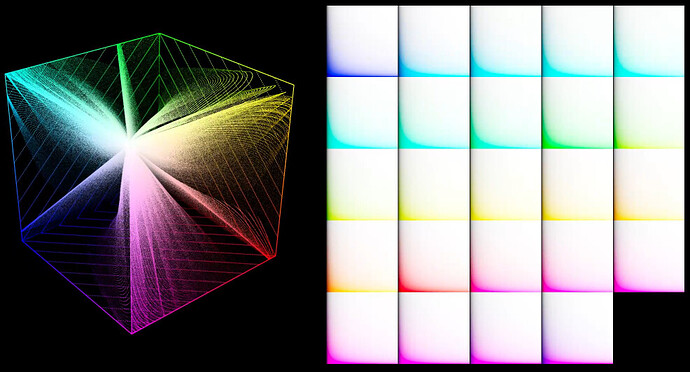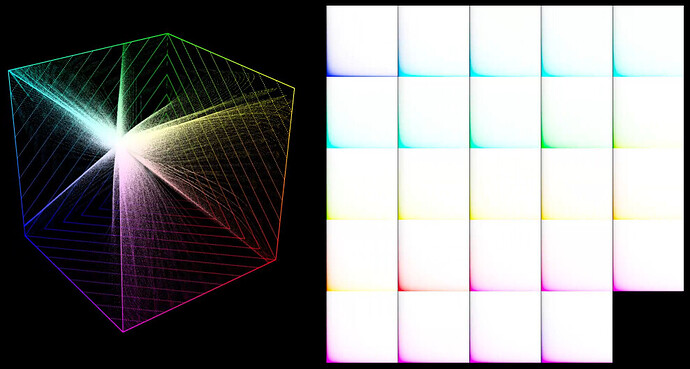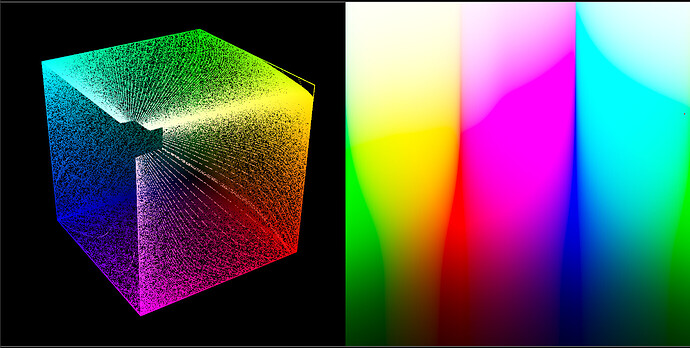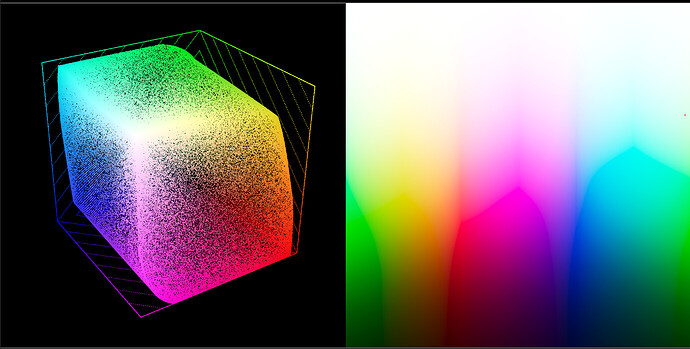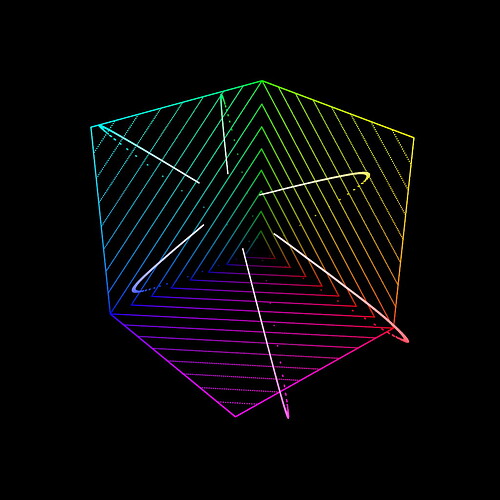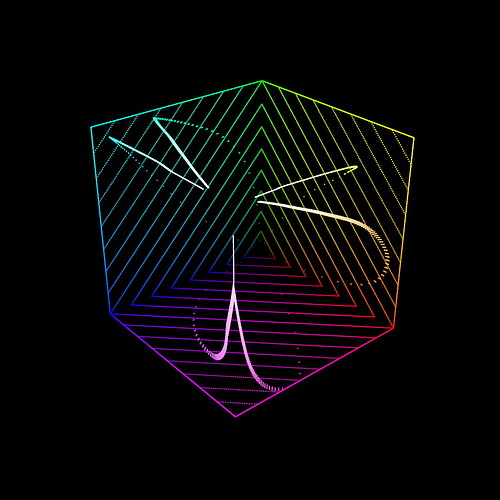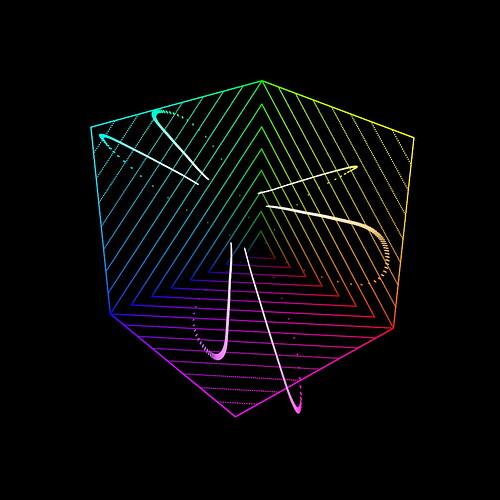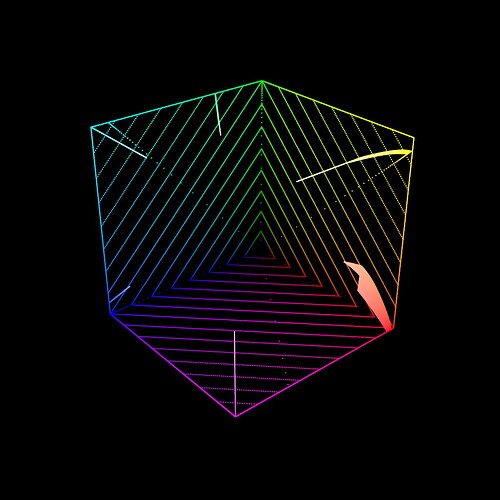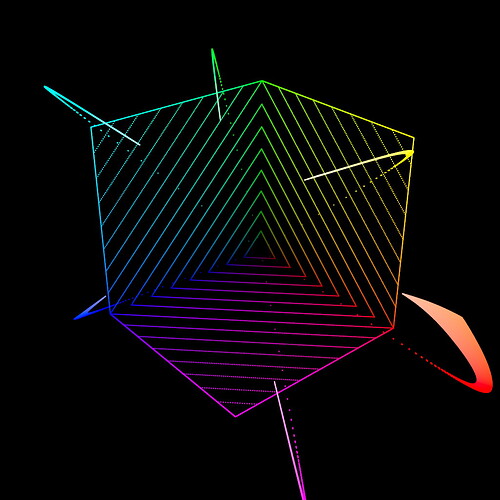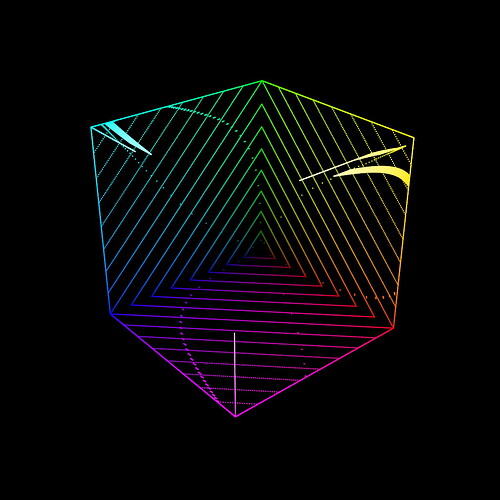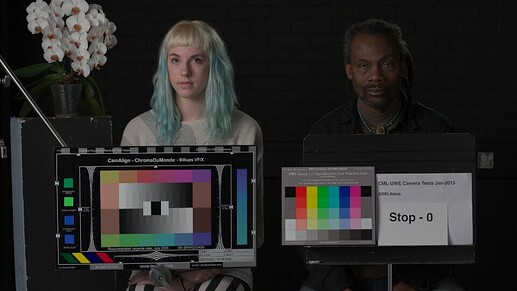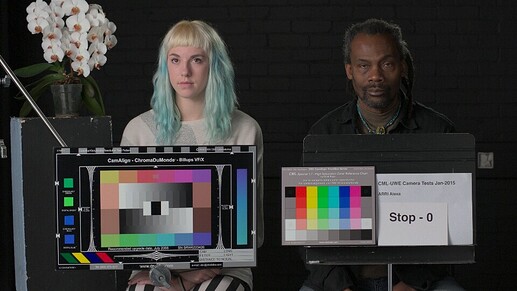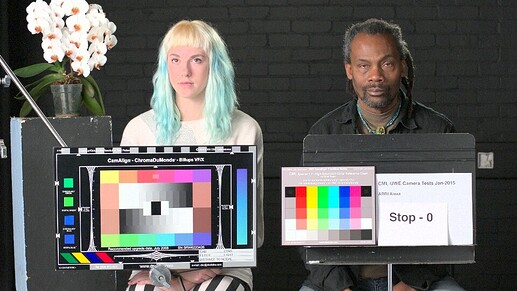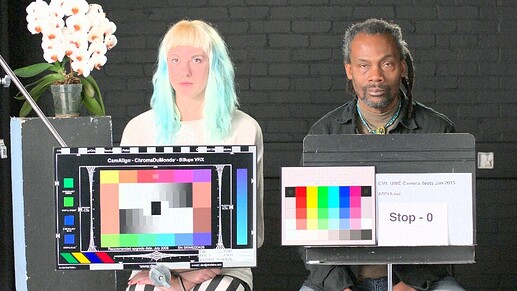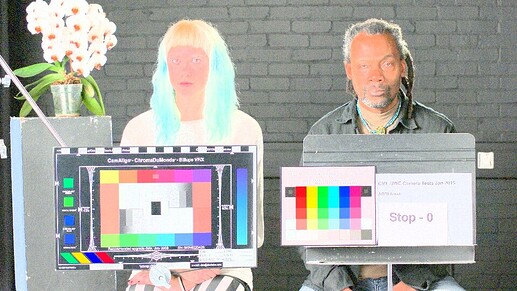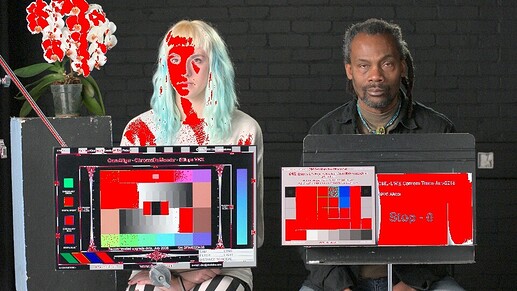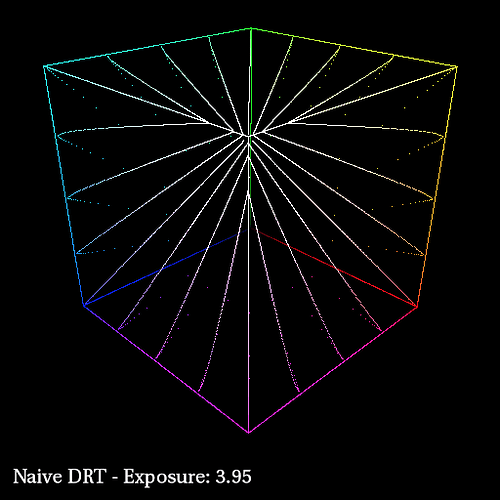Thanks guys. Lots of interesting thoughts here ! I honestly believe we’re making some progress. I’ll try to reply to each point to the best of my abilities. So please bear with me ! ![]()
@alexfry yes, we have thought of the LMT implementation. Thanks for pointing that out ! Issue is that we’d need someone with the proper knowledge to do so (aka a color scientist/TD). And I think lots of small studios/freelancers would be in the same situation, right ? My take is this : would it be fair to say that a Color Management System (CMS) should be able to display properly any values it gives access to, out-of the-box ? I think that’d be a nice improvement. Of course, devil is in details and what do I mean by “display properly” is an open question.
@Alexander_Forsythe thanks for the answer ! This is great ! Let’s for the sake of argument that we agree that mapping from scene to display is a creative choice. What is the best starting point here ? Out-of-the box, no LMT, which option seems more reasonable to you ?
Please remember the scenario where we have hundreds of CG artists from layout to compositing putting colors in their scenes. As a supervisor, which starting point would you rather have for your teams ? Could there be a bucket #3 where we compensate scene values because the display rendering transform is twisting hues ?
@garrett.strudler , cool to have you here ! Don’t apologize. I am the king for making false assumptions ! Yes, I’d have expected my blue neon to go to white earlier and I agree this is debatable. But I disagree on the second argument : about the re-light. On any CG movie, this argument would be true. But not on the renders I provided. For two reasons :
- In the blue sphere example, there is only one light. So apart of tweaking the global exposure, there is no re-light possible. Maybe by mapping the light with an HDR map that would go from white in the center to blue on the edges, like you suggested ? Not even sure that’d work. Which brings me back to my earlier question : how do we make the life of hundreds of CG artists easier ? If we have to map every light with a gradient (which we barely do on a CG show), does it say something about the DRT ?
- Same thing with the light sabers. I am using ACEScg primaries directly on the geometries themselves. There is nothing to re-light here. Just maybe a global exposure in my opinion. I don’t even think that texturing the light sabers would work. I have tried to desaturate the lights but then the glow is not colored enough. I really want to assure you that those renders are 100% production compliant, lit exactly how we’d do in a studio.
Again, as an artist, what would be the ideal starting point here :
Look at the cheek, the neck and the t-shirt :
We are all on the same mission here and let me give you a hint of what M. Giorgianni has written on the topic :
Appropriate gamut mapping would then be applied to transform those colors as needed for real outputs. […] It would be expected, then, that some form of gamut mapping will be required in going from the Output CES to any real output device or medium.
I think the key is not to think only about luminance range but also about the gamut volume. We go from one volume to another. Again by M. Giorgianni :
It allows information to be encoded in a way that places no limits on luminance dynamic range or color gamut. Any color that can be seen by a human observer can be represented.
Hello @ruslan.sorokin and welcome to acescentral ! Again, for the sake of argument, let’s say we agree that the mapping is subjective/creative. Did you have a chance to look at this thread where I tried to point at some of the issues we are talking about ? Please have a look at Nick’s gifs and Jed’s videos here. It is important that we agree that per-channel’s path to white is an accident, maybe even an happy one. ![]()
But as an artist, I want control. If I like skews, for an explosion maybe, I 'd rather introduce them as a creative grade or a LMT. Again, have a look the renders and comparisons here : what is the most reasonable starting point ? If I want a blue sphere to look purple under the sunlight, I think it should be a decision/choice, not a default behaviour.
I have also done my homework and asked a dozen of supervisors about a radical change in the Ouput Transforms for ACES 2.0. Mostly from worldwide VFX and Animation studios. I have been given pretty much every time the same answer :
- A radical change for the ACES 2.0 Output Transforms (such as hue-preserving) will not affect our CG assets.
For three main reasons :
- Assets are generally lookdeved under a “neutral” transform, which is not the show transform.
- If a perfect match is needed, the show would just work with the same ACES OCIO config previously used. Just like a software version.
- Assets are always improved between shows because of software updates and technology changes. No nothing new under the sun.

As a studio, we are definitely interested by Jed’s experiment and any quality improvement that could be made to the Output Transforms.
Happy to discuss,
Chris
